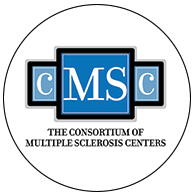BOSTON — Multiple sclerosis patients who are not having relapses, not becoming more disabled according to a standard measure, and with MRI scans showing no new or enlarging T2 or gadolinium-enhancing lesions are now said have “no evidence of disease activity,” or NEDA, which has become a major goal of therapy in MS.
But are patients meeting these criteria really free of disease activity? A study reported here at the American Academy of Neurology’s annual meeting adds to growing evidence that NEDA, at least as currently defined, is probably a misnomer — many if not most such patients still show signs of active disease when they are examined more closely.
That was the takeaway from a talk by Asaff Harel, MD, of Icahn School of Medicine at Mount Sinai in New York City, who reviewed the literature and also presented data from a new study showing that patients do, in fact, show “microdeterioration” in brain structure over time while meeting NEDA criteria.
Harel also reported that certain functional outcomes showed declines not captured in the Expanded Disability Status Scale (EDSS), the standard measure used to define NEDA.
He noted that previous research had indicated that, first, standard MRI measures provide a relatively gross picture of central nervous system lesion activity; stiffening the criteria for that aspect of NEDA by a small amount in one study led to a dramatic reduction in the number of patients qualifying.
Similarly, Harel pointed to studies showing that the EDSS is a relatively coarse measure of physical function and misses cognitive declines. Patients with stable EDSS scores may nevertheless show significant deterioration in walking ability and in mental ability.
To further examine these issues, he and colleagues at Mount Sinai performed a retrospective chart review of 85 patients, focusing on those whose records were detailed enough to evaluate NEDA status by current definitions as well as more detailed functional and imaging measures. In particular, the researchers looked at results for the timed 25-foot walk and patient-reported fatigue, and findings on diffusion tensor imaging (DTI).
The latter really exposed the flaws in NEDA, Harel said.
Among 39 patients in the study meeting NEDA criteria, measures of fractional anisotropy and mean diffusivity showed significant changes over time in the same direction as those seen in the 46 patients still showing evidence of disease activity (EDA) by the standard criteria — changes indicative of structural deterioration and/or inflammatory activity. The rate of decline in fractional anisotropy was slower in NEDA than in the EDA group, “suggesting a decreased rate of tract deterioration,” but a deterioration nonetheless, Harel said.
Mean diffusivity worsened at about the same rates in the NEDA and EDA groups; Harel reported as well that DTI changes over time were also seen in the NEDA group within their T2 lesions and in the normal-appearing white matter.
And, Harel said, the worsened DTI measures correlated with 25-foot walk times and increased fatigue reported by patients.
Serving as discussant for the session at which Harel spoke was Fred Lublin, MD, also of Mount Sinai but not involved with the study. He commented that NEDA is “a useful concept” but exaggerates patients’ actual freedom from MS pathology. “There’s lots more to the disease than relapses, EDSS, and [MRI] lesions,” Lublin said.
How much progression one sees in MS patients “depends on how hard we look,” Lublin observed. He added that DTI and also optical coherence tomography offer a more sensitive view of progression than one gets from “the easy MRI measures” normally used.
Harel had no relevant disclosures.
By John Gever










